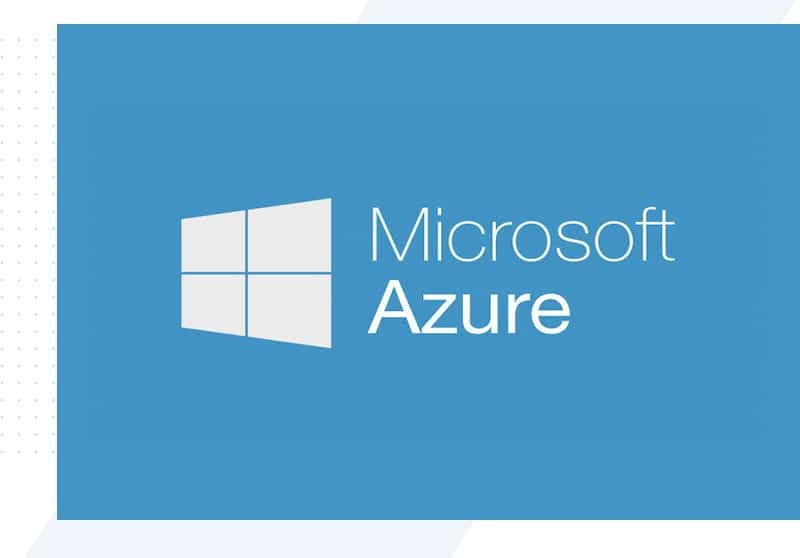8 Important factors every business owner needs to know about when moving to the cloud

This document outlines the steps required to migrate your business to the cloud.
Please note that not all IT providers have the same methodology, so some of the details here may conflict with the viewpoint of your current IT provider.
As ever we suggest, when you are thinking of moving any of your business, IT infrastructure or applications to the cloud, you should seek third party advice from companies such as ourselves. That is why we put this guide together in the first place.
1: Understand why the business is moving to the cloud.
There are multiple reasons for a migration to the cloud – it could be anything from the flexibility cloud computing brings or simply now is the best time to make a move as hardware is now out of date and too costly to upgrade.
Whatever the reason, make it top of mind during and after the migration takes place.
2: SWOT Up
You need to identify the strengths, weaknesses, opportunities and threats that a cloud migration brings.
What is your current technology stack? Can it be moved to the cloud? Are there complimenting cloud-based services that will provide the role in the new environment?
All these questions should be analysed in a SWOT analysis.
3: List out the apps.
All businesses have a range of apps they use on a regular basis. Some of these are very common, like Microsoft Outlook, which is easily supported in the cloud. However, there may be line of business apps that are less common – make sure your IT provider knows about all the apps you use in your business.
4: Budget
Once you have your priorities straight, it’s a good idea to look at the numbers of what it will cost to migrate your business to the cloud. By now, you know what you want to do and how you stand to benefit from it, so the obvious course of action is to determine how much it will cost.
All of this comes down to understanding your needs.
How much space do you need to get things done? What kind of data does your business generate? What types of service level agreements (SLAs) are you going to need to achieve your goals? Get some tangible answers to these questions, and you’ll be able to start shopping around for solutions that are a fit for your budget.
5: Choose the right IT provider
We might give you a bit of a red face here, but if you are reading this and your current provider has not suggested you move to the cloud, then questions must be asked.
Almost all IT providers in this day and age will agree that the move to the cloud makes perfect sense.
Look for an IT provider that has migrated other businesses similar to yours to the cloud. There are many unseen lessons a cloud migration makes on a provider, and your 1st question should be, “who else have you migrated to the cloud recently”.
6: Time the migration
The majority of migrations occur over the weekend and snagging/teething follow after the migration takes place.
Do make sure your migration takes place when there are no critical business activities are happening.
No matter how well versed an IT provider is in migrating businesses to the cloud, there is always room for error, and a certain amount of upheaval will occur.
Change always has some friction, but it will be smooth sailing once cloud services are embedded in your organisation.
7: Test your backups
If you follow our blogs, you’ll already know how important it is to backup your business data. You might be told you have a working backup solution, but when was the last time it was actually tested to see if the data was recoverable?
Test your backups before a cloud migration.
8: Get in touch with us
Book a call or discussion today on 01604790979



















